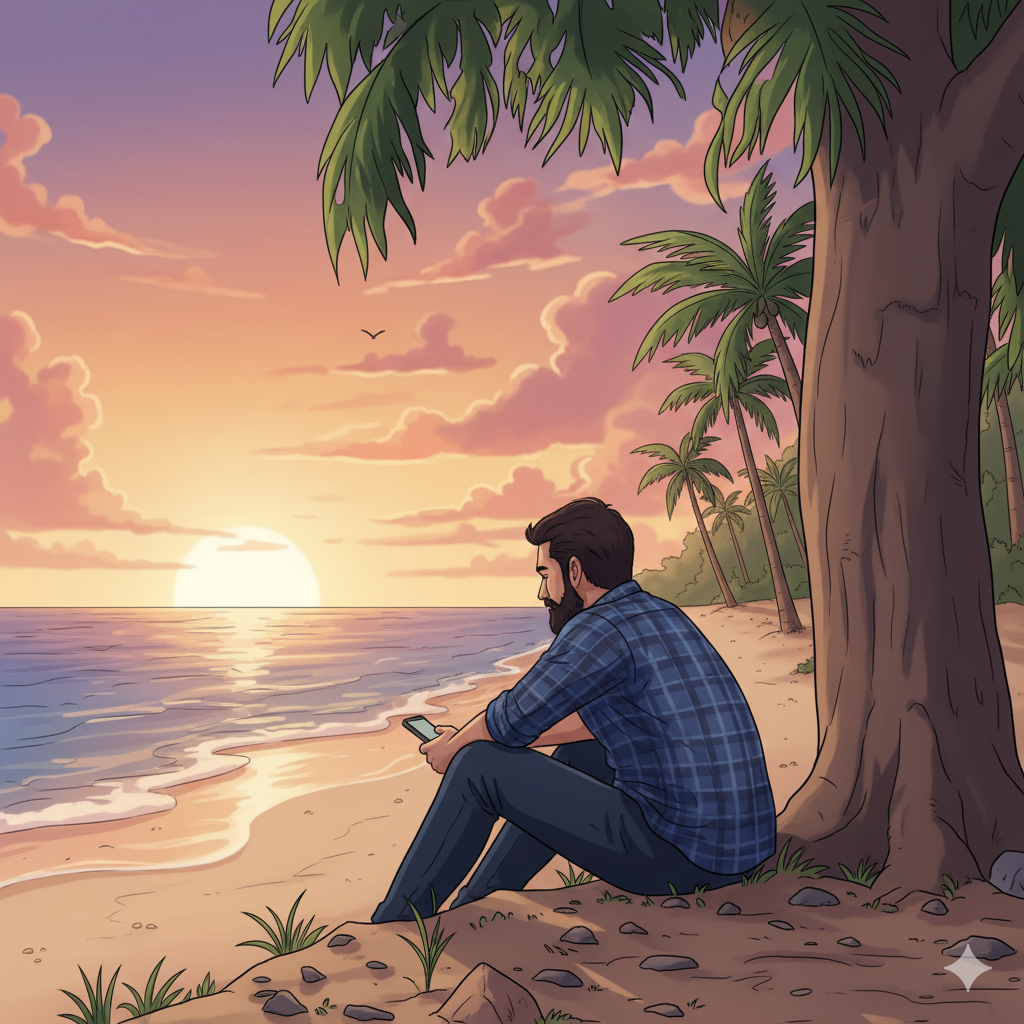The Somnium Sanatorium wasn’t your typical hospital. Its stark white walls didn’t house patients recovering from mundane ailments like the flu or broken bones. Instead, it catered to a far more peculiar clientele: individuals suffering from injuries sustained not in the waking world, but within the ethereal realm of other people’s dreams. The concept, as outlandish as it seemed, was the brainchild of Dr. Elias Thorne, a man whose fascination with the subconscious bordered on obsession. He believed that the mind, in its dream state, could exert a tangible force, capable of inflicting real-world harm. Thorne’s theory was met with widespread ridicule within the scientific community, forcing him to establish the Sanatorium far from the prying eyes of skeptics, nestled deep within a secluded valley shrouded in perpetual mist.
My arrival at the Sanatorium was prompted by a most unusual case. My aunt, a woman of otherwise sound mind and body, had woken one morning with a severe limp, a deep gash marring her left knee. No earthly explanation could be found; she swore she’d been attacked by a rabid dog in her sleep, yet there wasn’t a scratch on her bedding, no sign of forced entry, no trace of an animal anywhere. A desperate search for answers led me to Dr. Thorne and his unorthodox establishment.
The Sanatorium was eerily silent, the only sound the gentle rustling of leaves in the unseen trees beyond the mist. Nurses moved with a hushed efficiency, their faces etched with a blend of compassion and weary acceptance. The patients were an even stranger sight. A young man sat staring blankly at a wall, his arm twisted at an unnatural angle, muttering about a giant spider that had crushed him in someone else’s nightmare. An elderly woman sobbed uncontrollably, clutching her phantom burns, a stark reminder of a dream fire she hadn’t started.
Dr. Thorne, a tall, gaunt figure with eyes that seemed to hold the weight of countless sleepless nights, greeted me with a somber nod. He listened intently as I recounted my aunt’s predicament, his expression unreadable. “Dream injuries,” he finally said, his voice low and resonant, “are a manifestation of psychic entanglement. Your aunt, for reasons we may never fully understand, became a conduit for another person’s dream, absorbing the trauma as if it were her own.”
The treatment, he explained, was as unconventional as the ailment itself. It involved a combination of dream therapy, hypnotic suggestion, and a unique form of physical rehabilitation designed to re-align the body with the mind. The process was arduous, often taking months, even years, to yield results. My aunt’s case, however, proved particularly challenging. Her injury, while physical, was rooted in a psychological trauma that originated from an unknown dreamer. To heal her, Thorne needed to identify the source of the dream.
Weeks turned into months. I watched my aunt struggle through painful therapy sessions, battling phantom pains and reliving a nightmare that wasn’t even hers. Thorne, meanwhile, delved deeper into the mysteries of the dream world, poring over ancient texts and conducting experiments that pushed the boundaries of conventional science. He developed a device, a complex array of wires and electrodes, that he claimed could amplify dream energy, allowing him to trace its origin.
One night, as a storm raged outside, mirroring the turmoil within the Sanatorium, Thorne made a breakthrough. He traced the source of my aunt’s dream injury to a young boy living miles away, plagued by nightmares of monstrous dogs. The boy, it turned out, had recently witnessed a traumatic event involving a stray dog attack. His subconscious, unable to process the trauma, projected it into the dream world, inadvertently ensnaring my aunt in his nightmare.
The solution, as Thorne explained, was to heal the boy’s trauma. He traveled to the boy’s home, using hypnotic suggestion to help him confront and overcome his fear. As the boy’s nightmares subsided, so too did my aunt’s pain. The gash on her knee began to heal, the limp gradually disappeared. It was a slow, arduous process, but ultimately, a successful one.
The Somnium Sanatorium, with its unconventional methods and seemingly fantastical cures, remained a mystery to me. Yet, I couldn’t deny the evidence before my eyes. My aunt, once crippled by a dream injury, was now walking freely, her spirit renewed. As I left the Sanatorium, the mist seemed to lift slightly, revealing a sliver of sunlight. Perhaps, I thought, there was more to the world, to the power of dreams, than we could ever comprehend.
Over the following years, I kept in touch with Dr. Thorne, fascinated by his ongoing research. He continued to treat patients with dream injuries, each case as peculiar and challenging as the last. He documented his findings meticulously, hoping one day to share his discoveries with the world, to bridge the gap between science and the subconscious. He often spoke of a collective dream space, a realm where our minds intertwined, where our deepest fears and desires could manifest in tangible ways. He believed that understanding this realm was key to understanding ourselves, our connection to each other, and the very fabric of reality.
One day, I received a letter from the Sanatorium, informing me of Dr. Thorne’s passing. He had succumbed to a sudden illness, leaving behind a legacy as enigmatic and controversial as his life’s work. The Somnium Sanatorium, without its visionary leader, eventually closed its doors, fading into obscurity, a whispered legend in the annals of medical history. But for me, the memory of the Sanatorium, and the extraordinary healing I witnessed within its walls, remained a powerful reminder of the unseen forces that shape our lives, the mysterious interplay between dreams and reality.
Years later, I found myself walking down a familiar, misty valley. Drawn by an unseen force, I found the remnants of the Sanatorium, overgrown with weeds and shrouded in an almost palpable silence. As I stood there, amidst the ruins of a dream hospital, I could almost hear the whispers of forgotten patients, the echoes of Thorne’s revolutionary theories, a testament to a world where the boundaries of reality were as fluid and ephemeral as the dreams that haunted its halls.
I closed my eyes, and for a moment, I could almost see them – the dream-injured, walking freely, healed by the power of a man who dared to believe in the impossible.

The mist swirled around me, carrying with it the faint scent of pine and the lingering memory of a hospital that treated injuries sustained in other people’s dreams.






Leave a Reply